Before we start, one thing you need to know: if you’re looking to keep your driving time to a minimum, this road trip’s not ideal. The Bergell is tucked out of the way – you have to get there first. And the trip has you negotiating no fewer than three passes: the Julier, the Maloja and the Splügen (see boxes). You’ll be spending some four to five hours in the car, so the one you choose needs to have a certain level of comfort. If you opt for an electric car, you’ll find charging points here.
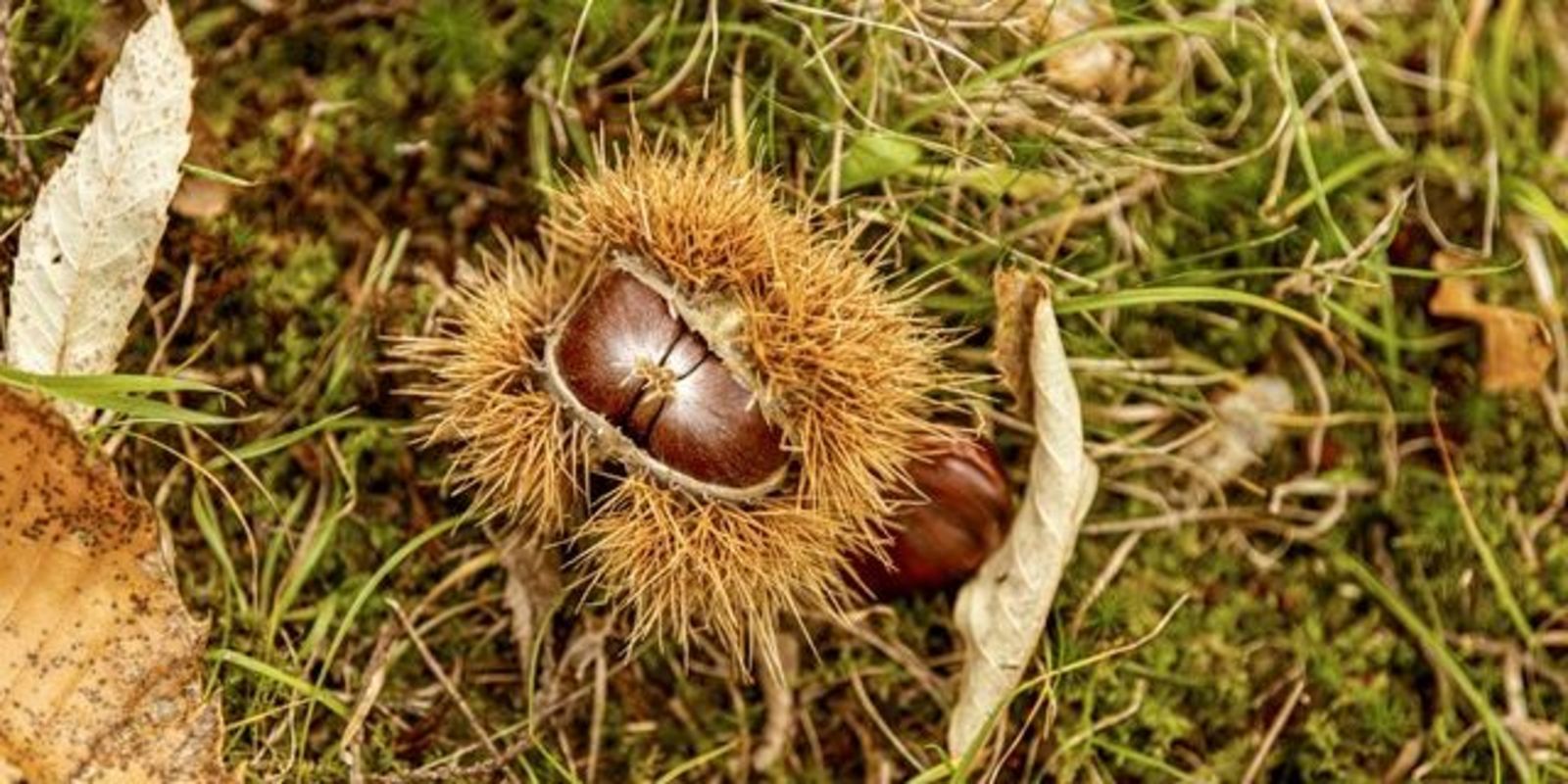
Stage 1: Chur – Julier pass – Silvaplana
From Chur, you head south via Churwalden, Lenzerheide-Valbella and Vaz to reach the municipality of Albula/Alvra – created in 2015 through the merger of seven smaller municipalities – in a little over half-an-hour. Tiefencastel is where the ascent to the Julier pass begins.
Don’t miss the Julier Tower: built entirely of wood in 2017, the Origen Theatre Tower at the top of the pass is due to be dismantled in August 2023. The red tower hosts performances throughout the year: click here for the programme.
The fairly long ascent is followed by a short descent to Silvaplana, which takes just ten or so minutes. On arrival, seize the opportunity to watch the windsurfers on Lake Silvaplana over a cup of coffee or tea. The lake has become a surfing Mecca due to the famous Maloja wind. Talking of which, Maloja’s the next destination. Switzerland’s highest navigation company is based in Maloja – just the thing after a long car journey. Its boats operate until 16 October (and again in early summer 2023).
Maloja’s home to several hotels, the one with the longest history being undoubtedly the Maloja Kulm, whose origins date back to 1500. If you want, you could travel a little further on the first day and cross the Maloja pass to spend the night in the Bergell.
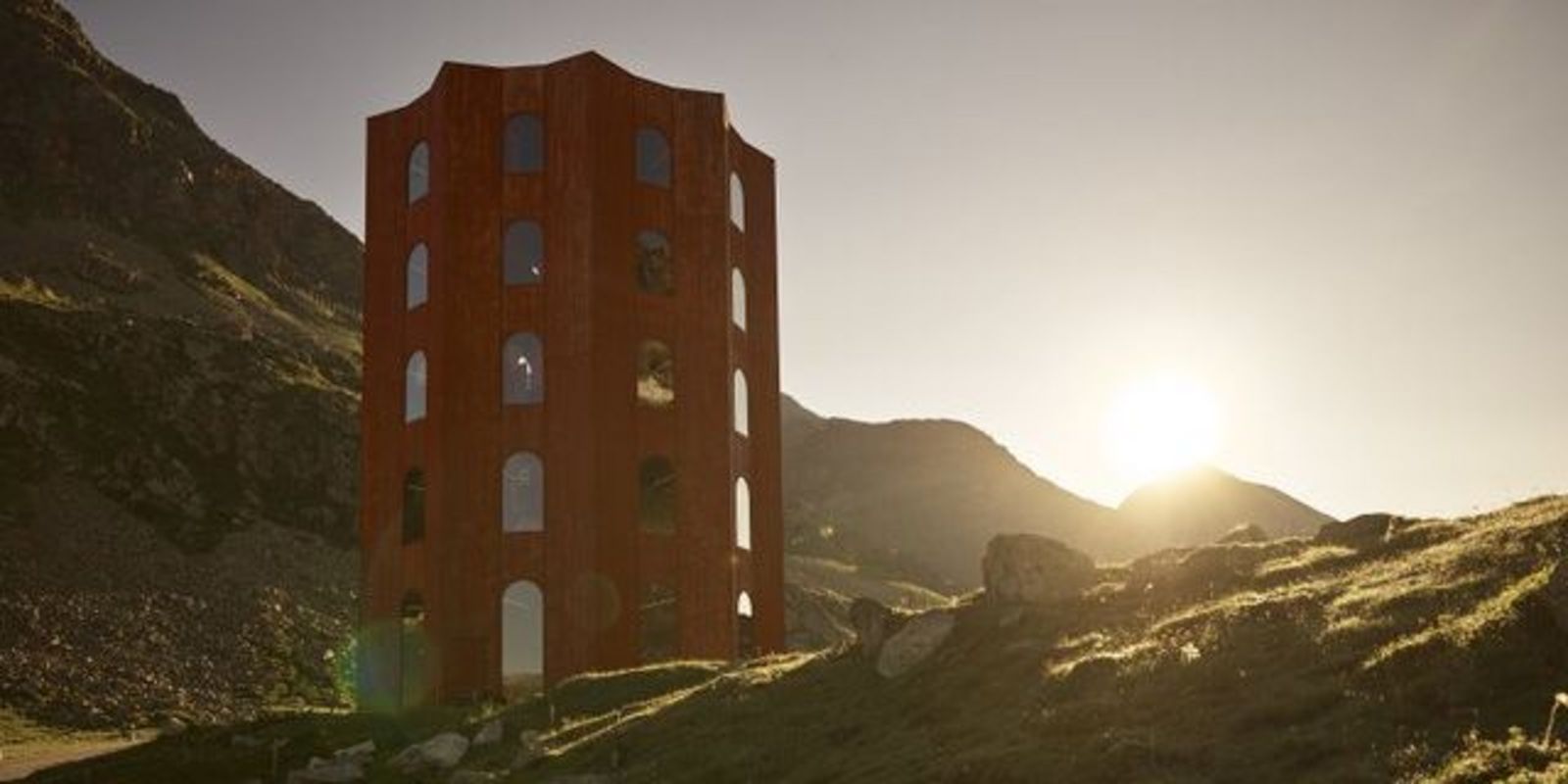
Stage 2: Silvaplana – Maloja pass – Bregaglia – Chiavenna
The history of the Maloja pass is no less interesting. It’s also a great spot for picnicking.
Thus fortified, we approach the actual destination of the trip, the Bergell. The history of the valley’s closely linked to Augusto and Alberto Giacometti, of Switzerland’s most important painters or sculptors. Their works can be admired in the churches of Borgonovo and Coltura, among other places, and the many other churches in the Bergell are also worth seeing. Anyone visiting the region before 20/23 October respectively can explore his oeuvre in greater depth: either at the Palazzo Castelmur in Coltura, home to the Bergell’s historical archives, or in the special exhibition at the Centro Giacometti, held to mark the 75th anniversary of Albertos death.
The Bergell is known for its nature and its woodland, particularly its chestnut forests. One of the largest such forests in all of Europe can be found between Soglio, Bondo and Castasegna. Here, too, a visit before 23 October is worth the effort, for that’s when the popular Chestnut Festival ends. Another highlight is a detour to Soglio, the sunny terrace in the Bergell: sauntering along the narrow village streets, you catch glimpses of the spectacular view of the Sciora group, Piz Cengalo and Piz Badile.
Soglio also offers accommodation, for example at the Palazzo Salis, where Augusto Giacometti used to stay.
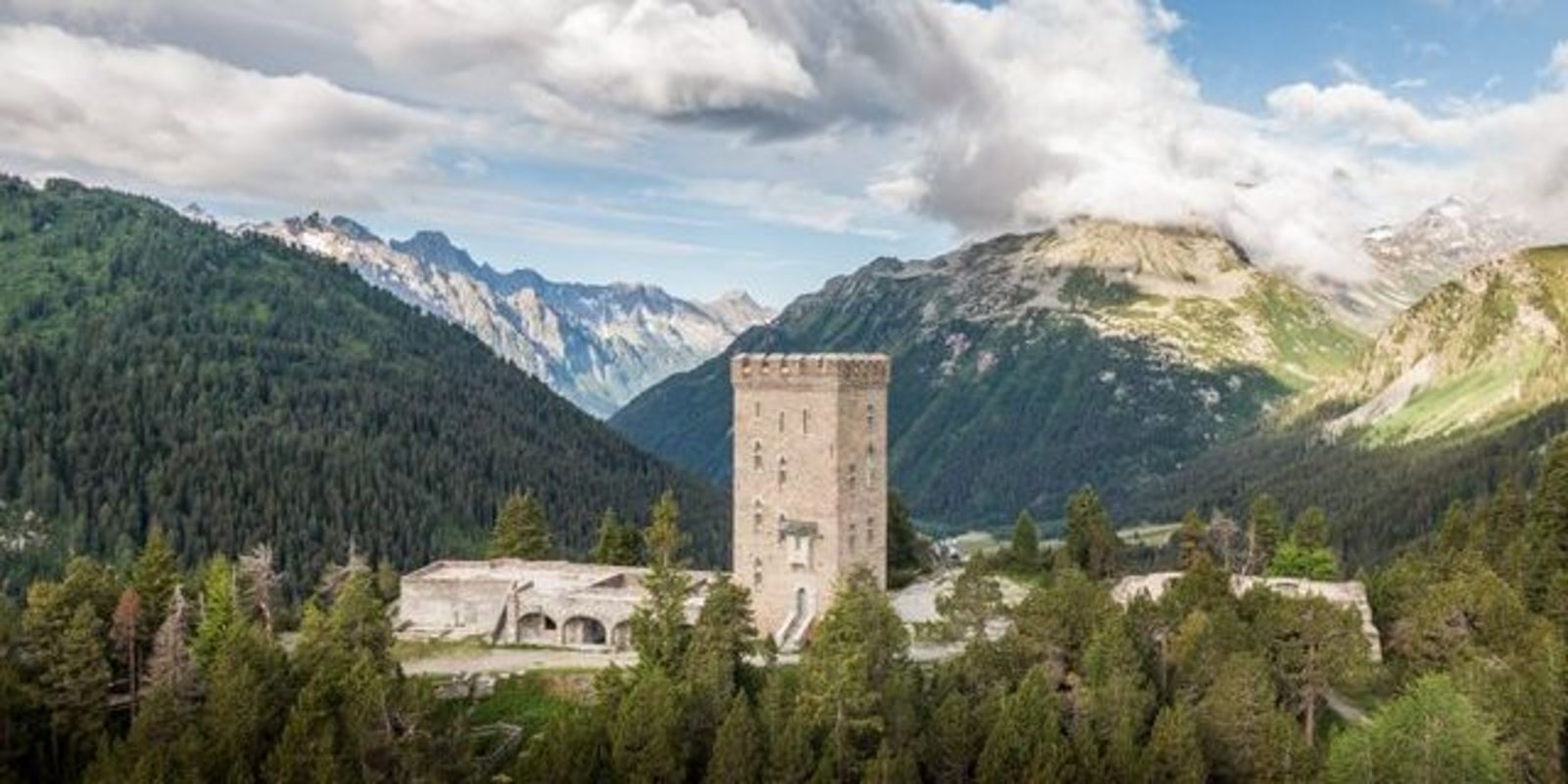
Stage 3: Chiavenna – Splügen pass – Thusis – Chur
It’s said in the valleys that you have to have experienced the landscapes of the Bergell to understand Augusto Giacometti. That’s the plan for the second day. To accomplish this, you have to drive back a few kilometres at most and cross the border. Here, you’re presented with a selection of possible walks.
Alternatively, you could visit the Art Safiental Biennale exhibition (which also closes on 23 October). This two-yearly outdoor exhibition takes place in the Safien valley. The theme of the current edition is “Learning from Earth” and includes 15 artworks dedicated to the various crises caused by mankind on planet Earth. To get to the Safien valley, you first have to take the rather roundabout way to Bonaduz. At least you get to enjoy the third and last pass of this round trip: the Splügen (see box).
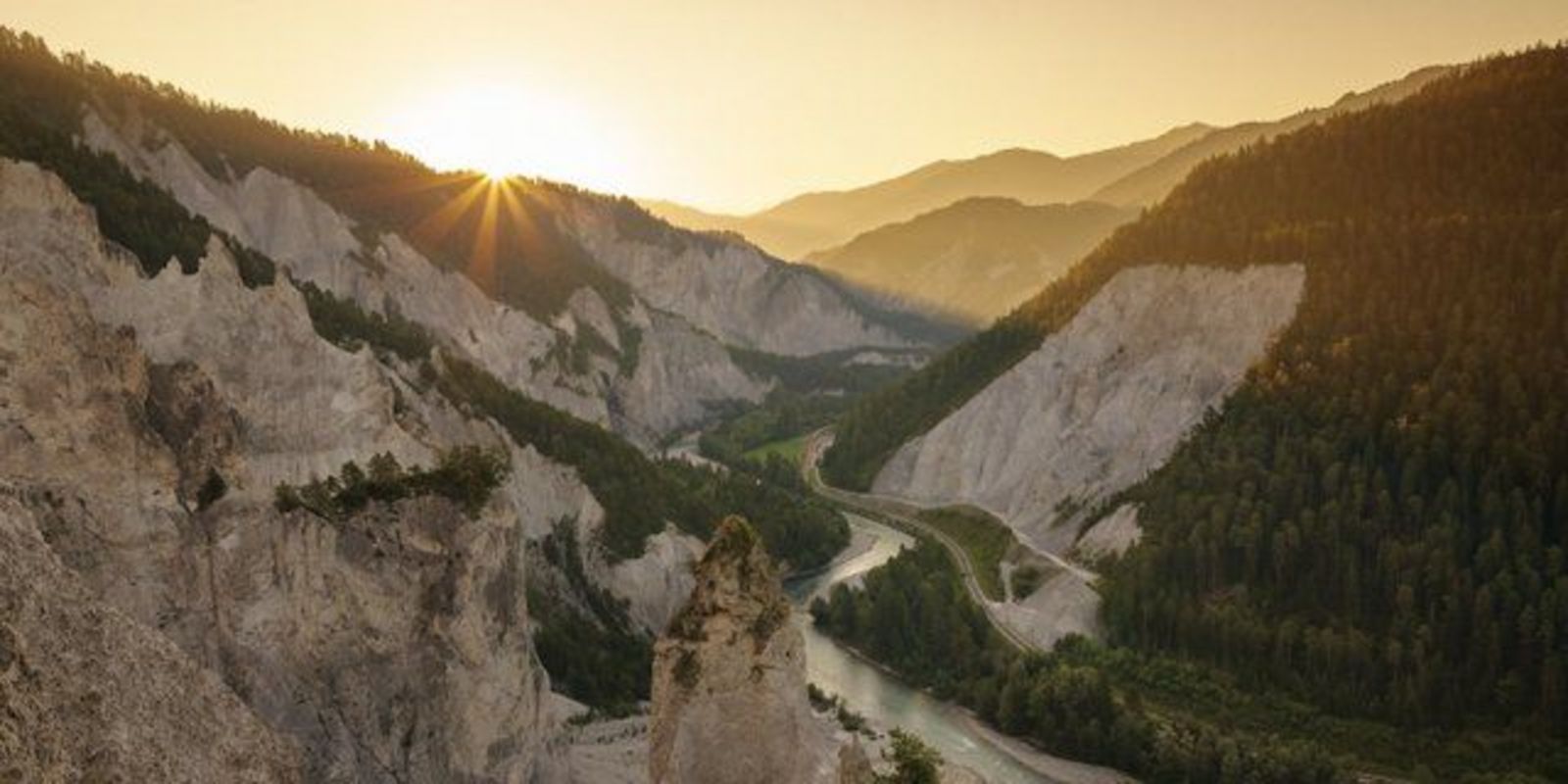
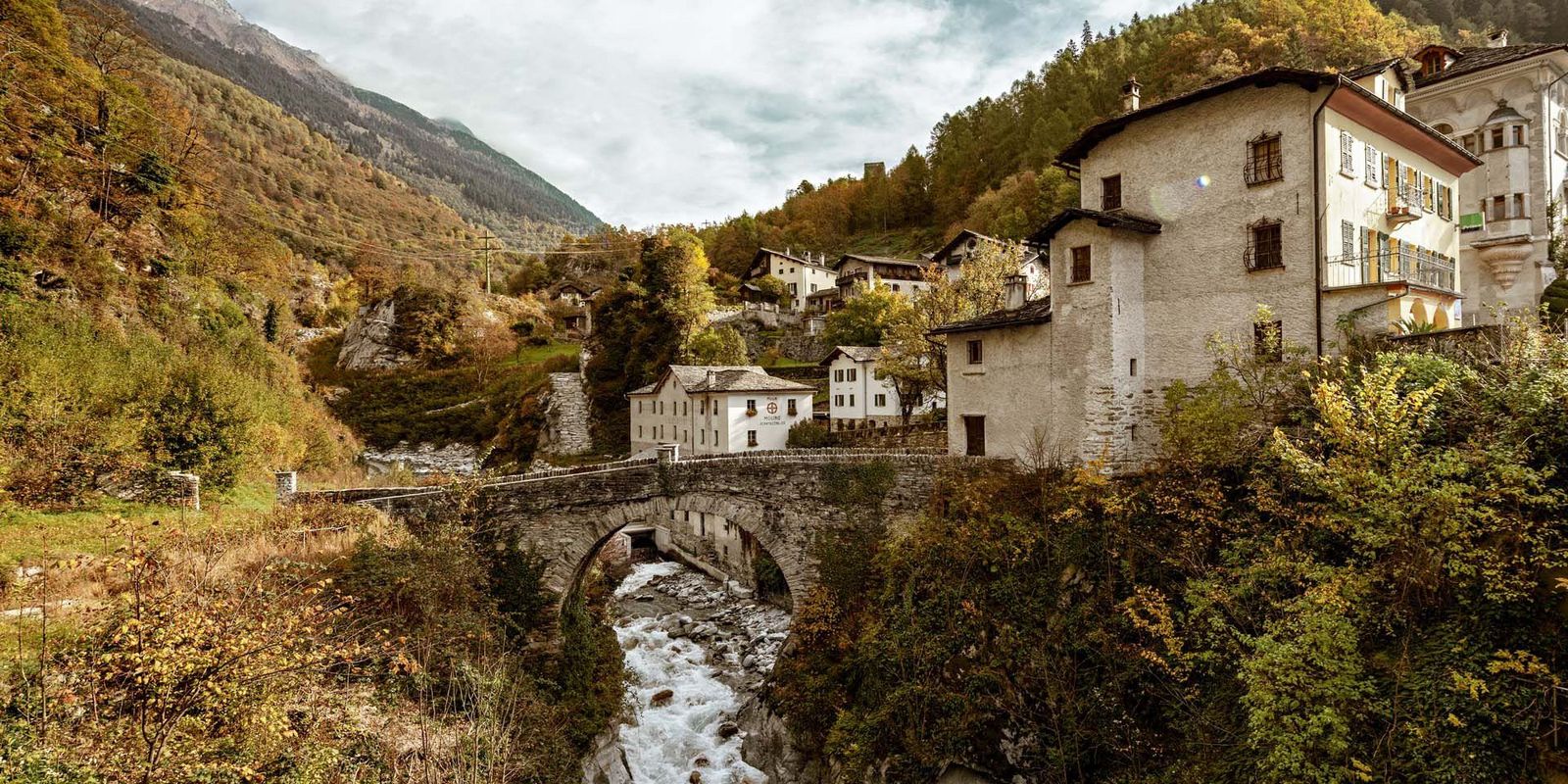
![[Translate to English:]](/fileadmin/_processed_/2/c/csm_Bergell_Illustration_16_9_80x45cm_dfb7e3f5a6.jpg)
Your comment